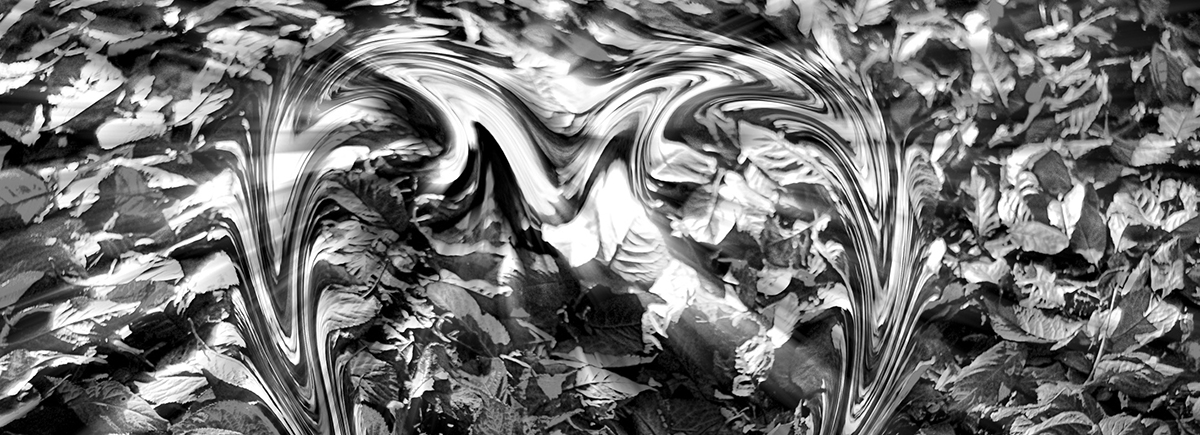One subject that people interested in Germanic magico-religious practices are fascinated by is the elusive, chimerical, and more-than-somewhat illusory subject of seið. The Rune-Gild’s Seið Network has been exploring this subject for decades now and it was around the summer of 2015 that some of us started to realize that the desire for an answer to the question, “what is seið?”wasn’t actually addressing the need that most practitioners were feeling. While academics and amateur scholars might be driven by curiosity (or the quest for the glory that comes from arguing a theory that becomes the preferred “truth”) for magicians it usually has to do with what they feel is lacking from their practice—and the hoped for answer is very commonly, “It’s a type of shamanism, isn’t it?”
That expectation is part of the problem. Many people believe that the practices associated with what people label shamanism, or perhaps terms that have the one-step removed adjective of shamanistic added to them, are required for magical practices that some would define as using “ecstatic states,” out-of-body journeying, or active animistic practice.
This assumption is incorrect.1
While some Heathen organizations treat seið as some form of Germanic neo-shamanism or Afro-Caribbean spirit work with the serial numbers filed off, the more one goes deep into the academic study the more those conclusions become problematic. Many aspiring magicians are unaware how much methodology is dependent upon ontology and mythology.2 In many of the cultures that academics label as “shamanic” the mythological and cosmological foundations of their cultural context directly inform who and what their spiritual specialists are (i.e., people that academics might reductively label as “shamans”). This includes their essential nature, their role within the body politic, and the ways the techniques are enacted by those specialists towards the magical goals in question. The majority of these necessary mythological elements are missing in the Germanic ontology which creates a major problem in defining seið as “shamanism” or any other culturally specific practice like those of the Dahomean, Yoruban, or Congolese peoples.
The word seið3 as used historically indicates a fluid definition for a term that, more often than not, was used pejoratively in the same, non-specific, way that “black magic” or “witchcraft” has been used by non-practitioners to denigrate people and practices that frightened them.
Many modern people consider seið to be a completely separate methodology to other forms of Germanic magic but that probably wasn’t the case for our Germanic ancestors who, as part of an oral and not literary culture, understood concepts aggregatively and not analytically.
When nearing the end of our core curricula, a Gilder will be introduced to various techniques that we associate with the essential skills required to explore the ambiguous nature of seið;and those so inclined could then explore further techniques within the Seið Network.
Such techniques include:
- Achieving strong “trance states” which might include: visionary states for a variety of intents, including direct “mystical” experiences; the ability to scry effectively; and successfully performing útiseta.
- Perceiving and/or entering the “spirit world” or realms other than Midgard.
- Direct communication and interaction with wights (whether they are physical or spiritual, human or other-than-human) by being able to engage in an “augmented style of communication.”
- Working magically with natural substances.
- Performing duties to ancestral and other allied spirits.
- Projection of a soul-part outside of the lík.
- Manipulation of another person’s soul-parts.
If these techniques interest you, we invite you to join the Rune-Gild and seek the mysteries, including the mysteries of seið.
___________________________
J. Didur, San Francisco, US
1 For more on why that assumption is a problem, see The Nine Doors of Midgard, Fifth Revised and Expanded Edition, pp. 177-179.
2 In this case we are using the term “mythology” to refer to the cosmogony, cosmology, anthropogony, anthropology, and eschatology of a culture.
3 For a complete exploration of the extant data on seið see the upcoming publication of Janet Didur’s In Search of Seið.

